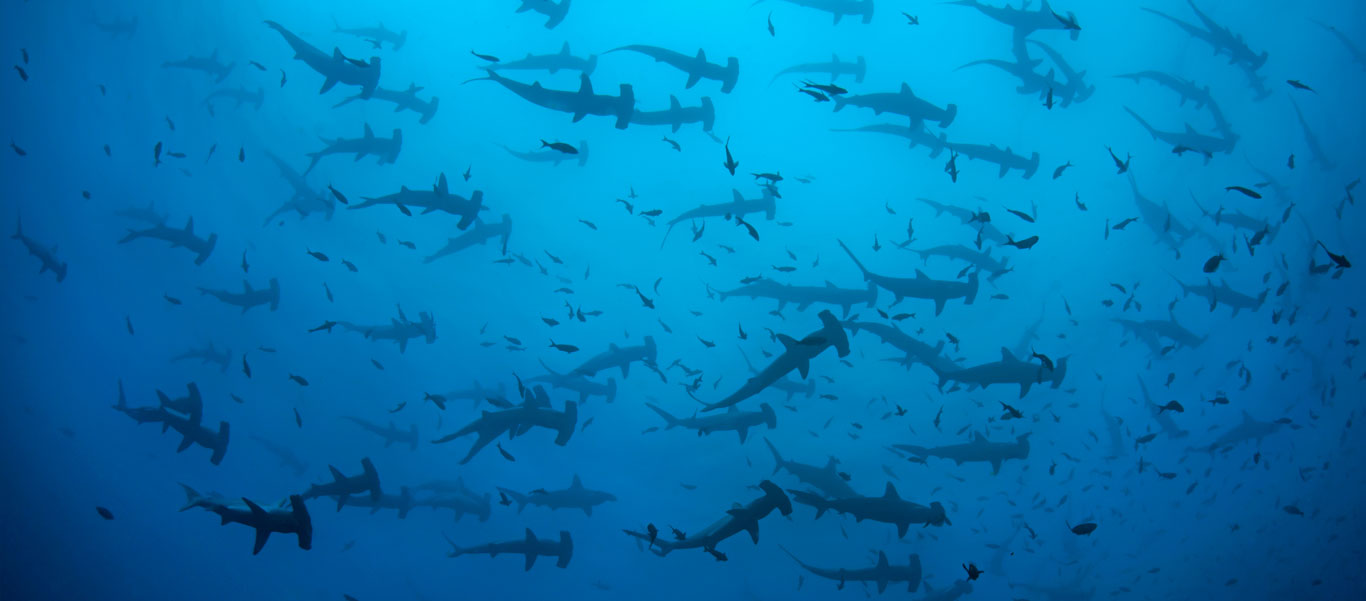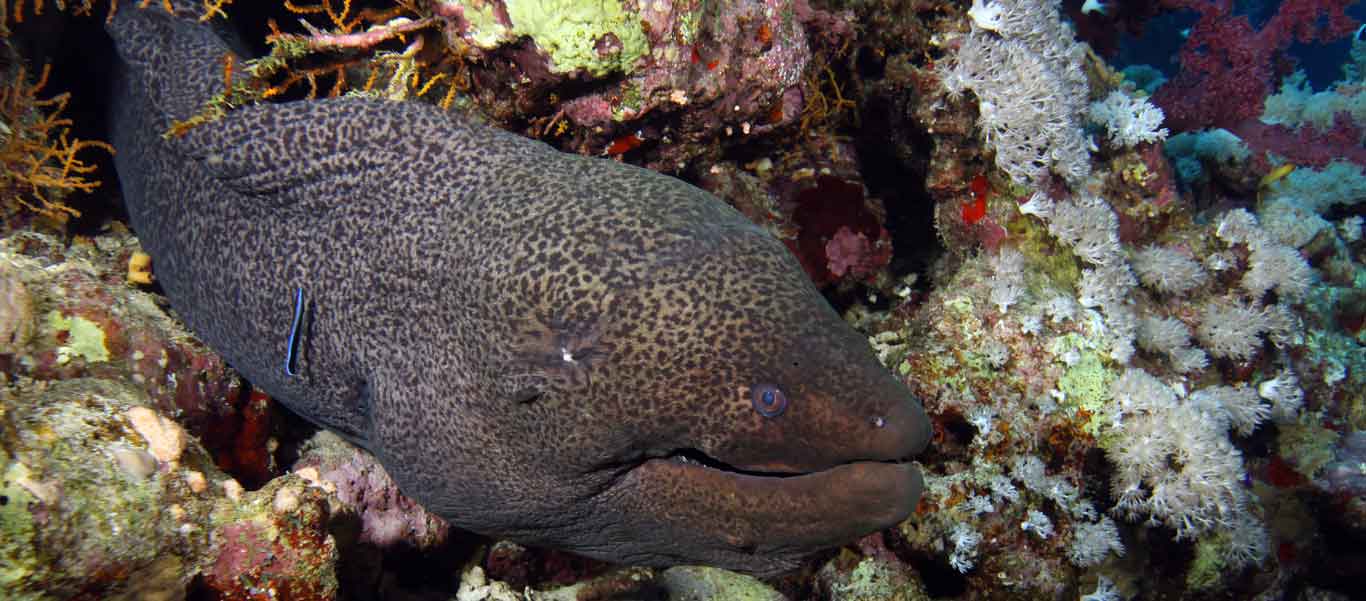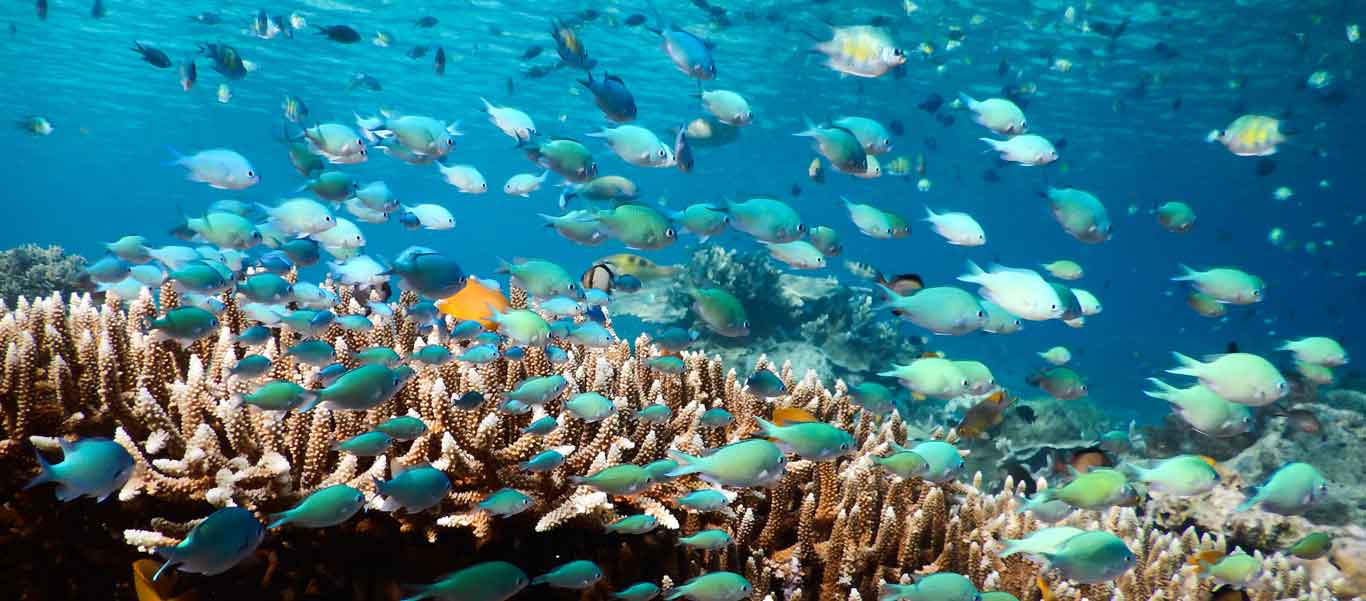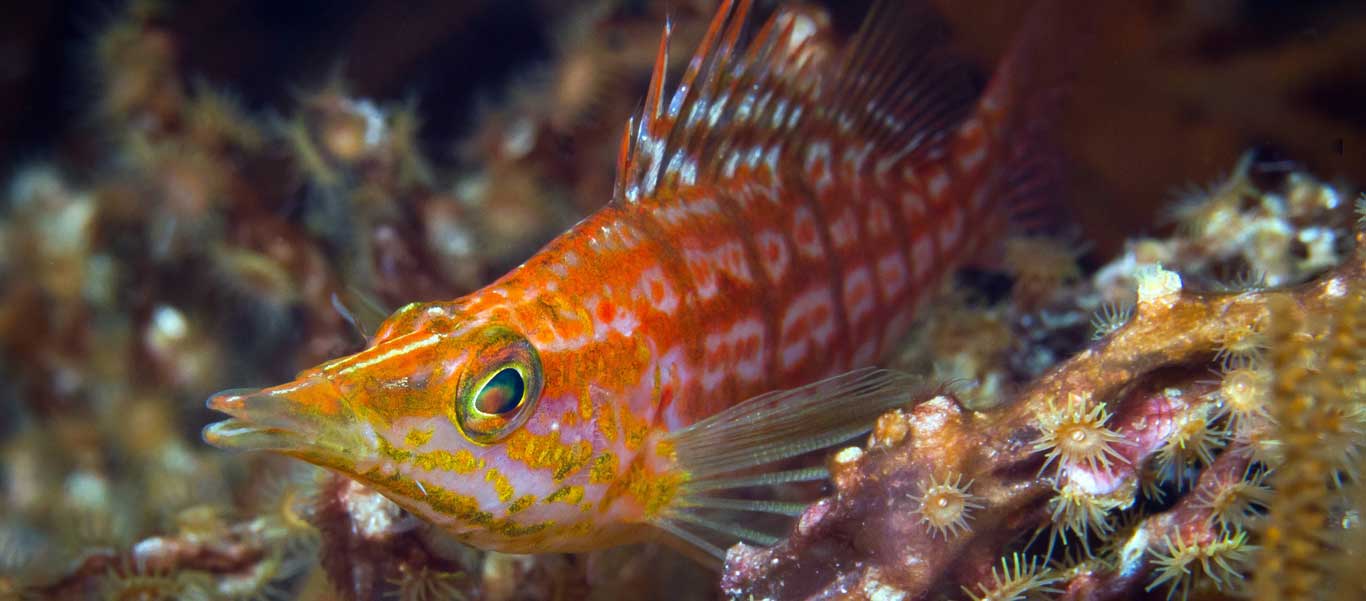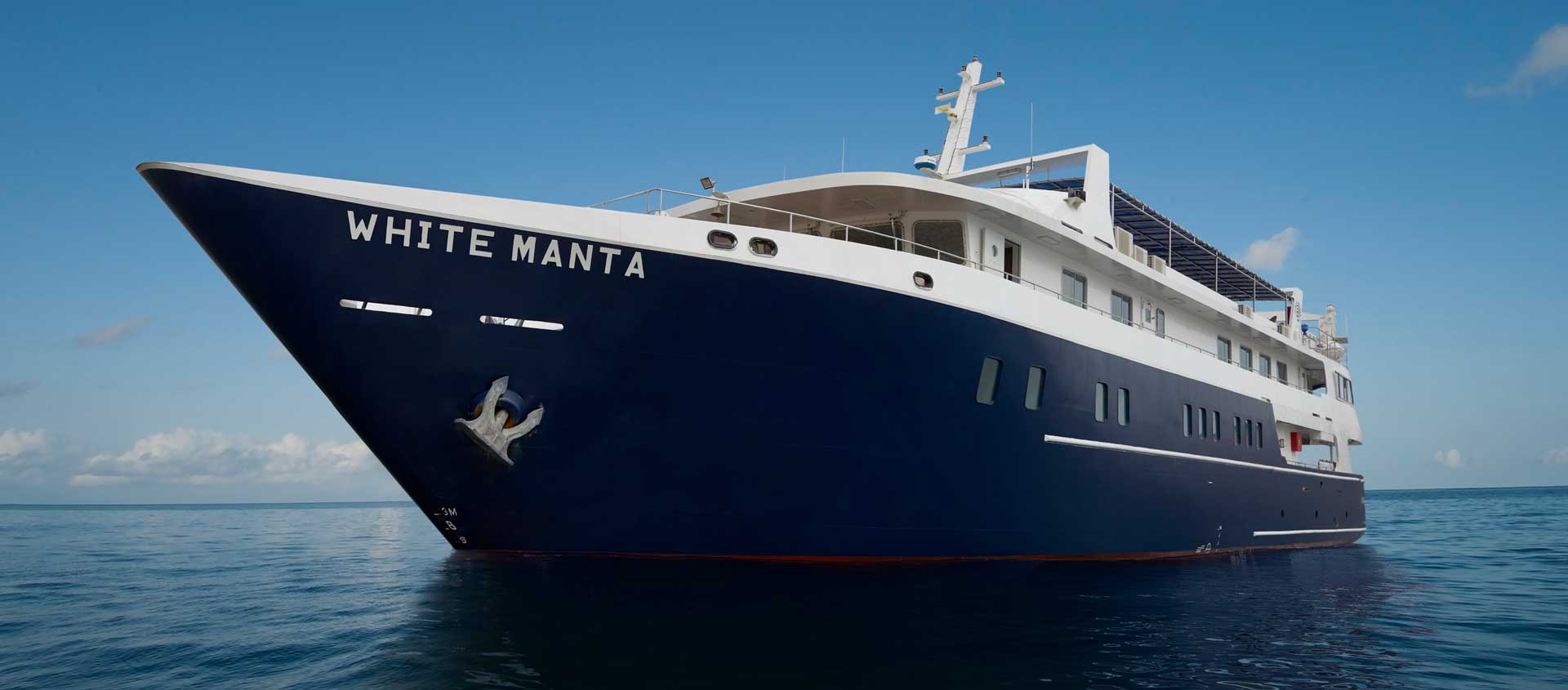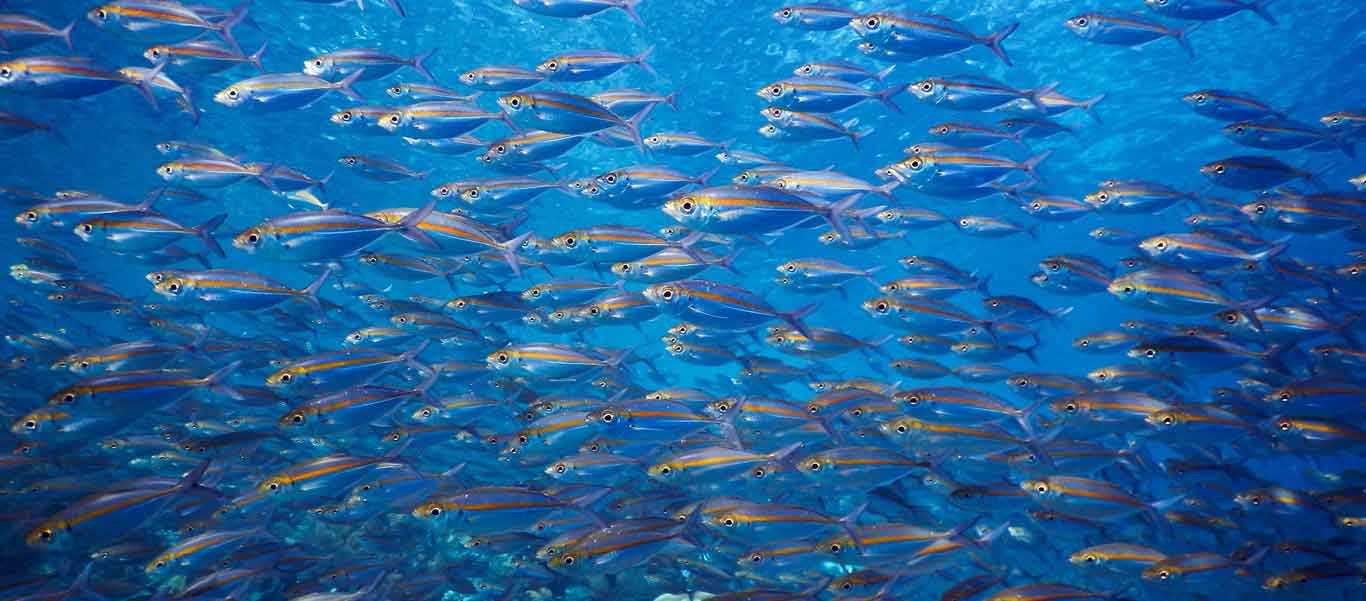Banda Sea & Raja Ampat
Banda Sea and Raja Ampat Diving
There was a time when the Moluccas, the islands encircling Indonesia’s Banda Sea, formed the center of the colonial universe. So precious were their rare and coveted spices that empires were built on their wealth, and European states launched wars to secure the spoils of the “Spice Islands”. But then history moved on and this far-flung corner of the world was largely forgotten, left to indigenous peoples and its magnificent fauna, both above and below water. Join Apex on this epic 15-day exploration of the remote Banda Sea, one of the world’s last diving frontiers; plus Raja Ampat, the global bull’s eye of marine diversity. Start in the shallows off Ambon, recently lauded as the “muck-diving capital” of the Moluccas, before switching to the White Manta, a state-of-the-art liveaboard vessel perfectly equipped to access the pristine reefs and rarely visited seamounts of the archipelago’s outer reaches. Visit Hammerhead “hot spots,” frequented by schools up to 200 strong, and swim with hulking pelagic predators like Wahoo and Dogtooth Tuna. Then enter the realm of Raja Ampat—quite possibly the richest coral reef ecosystem on Earth—and feast your eyes on a cornucopia of marine wonders.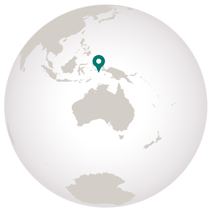
Destinations
- Travel by Air
- Travel by Road
- Travel by Boat
- Travel by Bullet Train
- Travel by Rail
- Travel by Dog Sled
-
Tuesday, November 14: Arrive Ambon, Maluku Province, Indonesia
This afternoon, arrive in the capital of Maluku Province, which encompasses the southern Moluccas, and transfer to your resort on Laha Bay. Get to know your fellow travelers and expedition team at a welcome dinner and briefing this evening. Dinner and overnight at Spice Island Dive Resort.
-
Wednesday & Thursday, November 15 & 16: Ambon
For the next two days, immerse yourself in one of the world’s premier muck diving locations. Muck diving focuses on some of the rarest and most unusual underwater creatures, those “hiding in plain sight” in the shallow, mucky backwaters adjacent to clearwater coral reefs. What’s more, Ambon’s black sand makes a great macro-photography background! Long in the shadow of the more famous Lembeh Straits, newly discovered Ambon Bay holds its own in terms of both overall marine diversity and in the likelihood of encountering such well-known “muck superstars” as Mimic and Wonderpus Octopuses, Flamboyant Cuttlefish, Harlequin and Coleman’s Shrimps, Ambon Scorpionfish, and Cockatoo Waspfish. Ambon even exceeds Lembeh in its sightings of the gaudy Paddleflap Scorpionfish, the extraordinary White-spotted Stargazer, and the outrageous Psychedelic Frogfish. Since most of these muck sites are relatively shallow, free-diving snorkelers can also enjoy many of these attractions, while commencing the fish-listing in earnest at a wide variety of adjacent coral-rich sites. Dinners and overnights at Spice Island Dive Resort.
-
Friday, November 17: Ambon / Embark White Manta
Today, transfer to the exquisite White Manta, your luxurious liveaboard vessel for the next eleven nights, and your ticket to some of the world’s most remote dive and snorkel sites. Settle in as you set out on the ultimate marine adventure through the Banda Sea and Raja Ampat. Dinner and overnight aboard the White Manta.
-
Saturday & Sunday, November 18 & 19: Banda Islands
Located 110 miles southeast of Ambon and surrounded by the 16,000-foot-deep Banda Sea, the Banda Islands were once the center of the Spice Islands. Coveted for their bountiful nutmeg and mace, the Dutch traded Manhattan for one of these remote specks of land. Spend two full days snorkeling and diving around the Bandas, known for their outstanding visibility and fantastic coral coverage. Because of the depth of the Banda Sea, these eleven islands are a meeting point for pelagic predators. Three of the most noteworthy are Giant Trevally, Dogtooth Tuna, and Mobula Rays. Most sites are blanketed in enormous schools of fusiliers and Redtooth Triggerfish. Hidden on the reef are Giant Frogfish and the elusive Mandarinfish. The Bandas are also home to the largest known Napoleon Wrasse population in Indonesia, with sightings on almost every dive. Cetaceans are frequent visitors too, with divers occasionally reporting sightings of Spinner Dolphins and Humpback Whales. Melonhead, Long-finned Pilot, and even Blue Whales frequent the deep, and may be seen while cruising between dive sites. Enjoy three dives or snorkels each day and a visit to one of the Spice Islands for a taste of local culture.
-
Monday-Wednesday, November 20-22: Ring of Fire
Known as the Banda Sea’s “Forgotten Islands,” the Barat Daya Islands lie in the southern portion of the Moluccas. Part of the Inner Banda Arc, these islands are volcanic and form an active part of the Pacific “Ring of Fire.” Spend three full days diving and snorkeling around this extremely remote archipelago. Revel in soft corals of every hue; be engulfed by schooling barracudas, snappers and trevallies; watch immense “herds” of grazing Bumphead Parrotfish; and witness incredible smoking seamounts around Manuk. The main focus, however, will be locating schools of Scalloped Hammerheads. Diving with groups of hammerheads is an increasingly rare opportunity anywhere but this remote area still boasts a healthy population, and your visit coincides with the optimal season for witnessing this phenomenon. With luck, find large schools swimming in formation, one of the absolute pinnacles of any marine enthusiast’s experiences! Night dives are also highly productive here, offering rarely seen species like Flashlightfish and Blue-ringed Octopus. Between dives, see the smoking volcano on Serua, or visit a small village on one of the Forgotten Islands.
-
Thursday, November 23: Pulau Koon
Hug the southern coast of Seram, one of the largest of the Maluku Islands, as you sail west to Pulau Koon. Renowned for its vibrant corals and profusion of fish life, this area is a wide-angle photographer’s dream!
-
Friday-Sunday, November 24-26: Raja Ampat
Sail overnight to the fabled Raja Ampat. The “Four Kings” is a true divers paradise, a wonderland lost in time, with incredible natural beauty dominating above and below the azure waters. In the south, explore the soft coral-rich walls of the Misool group of islands. In Central & Northern Raja Ampat, dive amidst coral gardens and along the steep drop-off of legendary Cape Kri, home to one of the largest concentrations of fish on Earth! Sites such as Blue Magic and Sardines are home to a staggering array of marine creatures, from Oceanic Mantas to schools of barracuda, cryptic Leaf Scorpionfish to Pontohi Pygmy Seahorse. In addition to boasting a truly astounding assortment of creatures, many of these sites also showcase some of the archipelago’s most spectacular underwater topography, notably at sites like Boo Windows and The Candy Store.
A typical day includes three to four dives or snorkels, with a mix of sites that cover the full array of marine ecosystems on offer, maximizing the number and diversity of marine creatures you’ll encounter. With concerted effort from divers and snorkelers alike, the aim is to find in excess of 400 species of fish and, who knows, possibly even break the magical figure of 500 species of fish!
-
Monday, November 27: Misokon Island / Sorong
Enjoy a final day of marine appreciation in northern Raja Ampat around Misokon Island, before sailing to Usahamin pier in Sorong. Take the late afternoon to relax and organize your luggage, as you will spend the last night on board White Manta at anchor in Sorong.
-
Tuesday, November 28: Disembark White Manta, depart Sorong
After breakfast, bid farewell to the White Manta and transfer to the airport for your international flights home.

